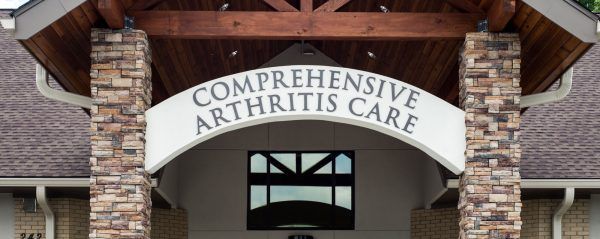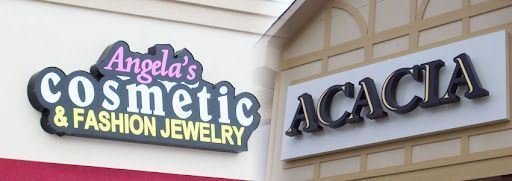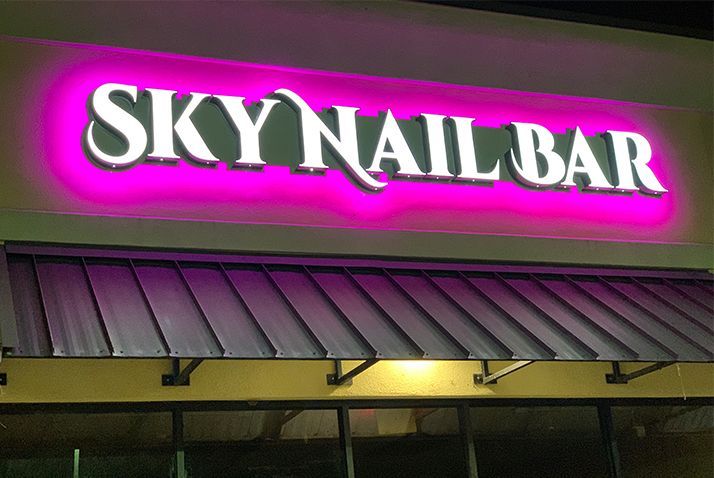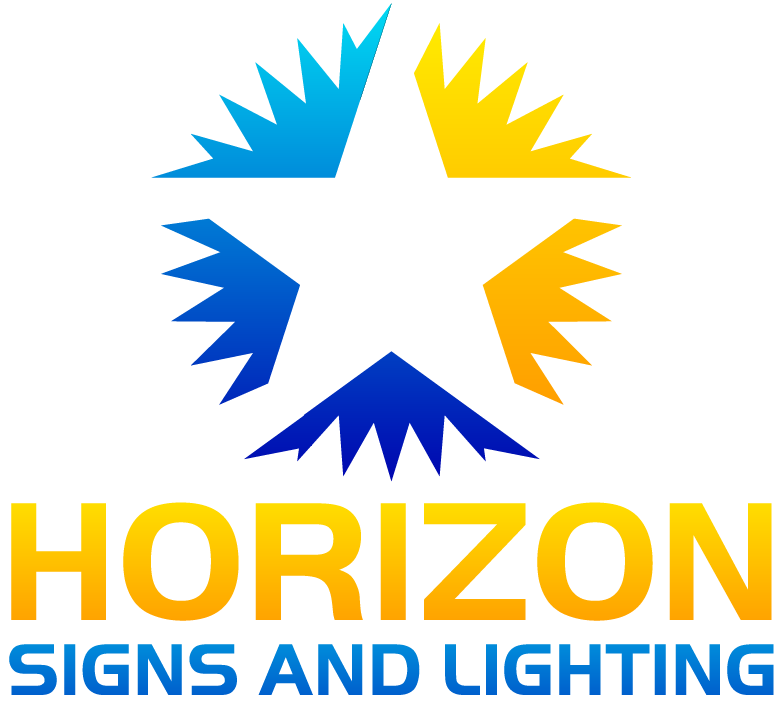Aluminum vs Acrylic Signs: Which Is Better for Outdoor Use?
TLDR;
Aluminum signs are generally better for outdoor use due to their superior durability, weather resistance, and long lifespan in harsh conditions. Acrylic signs can be suitable in mild climates or aesthetic-driven settings, but they are more prone to damage and fading over time.
Choosing the Right Outdoor Sign Material: Aluminum or Acrylic?
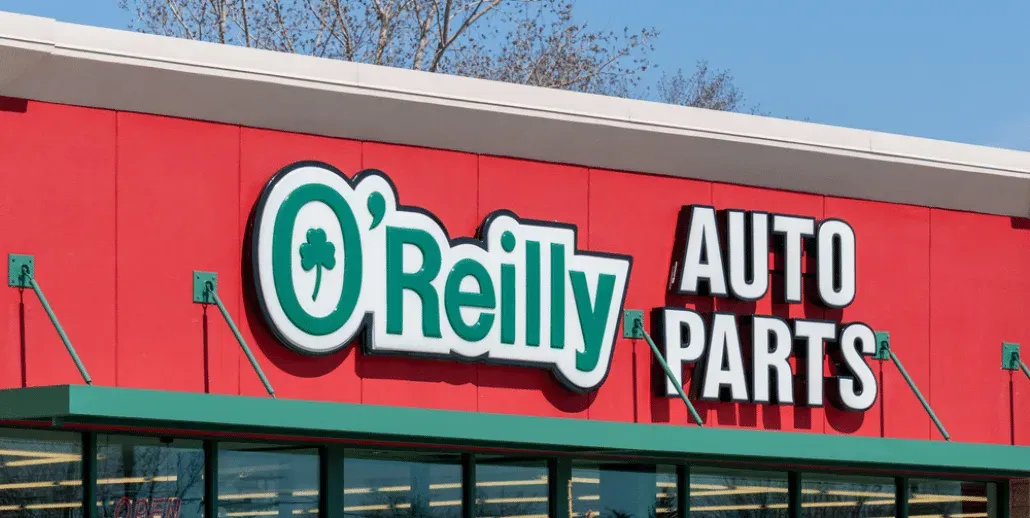
When it comes to selecting signage that can stand up to the elements, the material makes all the difference. Your choice impacts durability, cost, maintenance, and branding.
For most outdoor scenarios, aluminum wins in terms of strength, longevity, and resistance to harsh weather. Acrylic, while visually appealing, may fall short when exposed to extreme outdoor environments.
Whether you're a local business or a facility manager, choosing between aluminum and acrylic signs isn’t just a design choice—it’s a strategic investment.
What Are Aluminum and Acrylic Signs?

Aluminum Signs
- Made from lightweight, rust-proof metal.
- Often coated with protective finishes like baked enamel or powder coating.
- Known for being durable, industrial-grade, and highly weather-resistant.
Common uses:
- Traffic signs
- Directional signage
- Parking lot signs
- Building exterior signs
Common types:
- Brushed aluminum signs
- Dibond (aluminum composite material)
Acrylic Signs
- A plastic-based material often compared to glass in appearance.
- Typically glossy, clear, or tinted.
- Not as impact-resistant or durable in harsh outdoor conditions.
Common uses:
- Retail storefronts
- Interior branding
- Reception area signage
- Decorative displays
Types of finishes:
- Clear acrylic
- Frosted or colored plexiglass
- Backlit acrylic panels
Durability & Weather Resistance

Which Material Handles Outdoor Conditions Better?
Aluminum Signs:
- Resists rust, corrosion, and impact
- Handles UV rays, rain, wind, and temperature fluctuations
- Can last 7–10 years or more outdoors without major degradation
Acrylic Signs:
- Generally good in mild climates
- Susceptible to cracking or warping in high heat or cold
- Can yellow or fade with prolonged sun exposure
- More fragile when hit or dropped
Conclusion:
Aluminum is the clear choice for longevity in outdoor signage exposed to variable or harsh climates.
Maintenance & Longevity
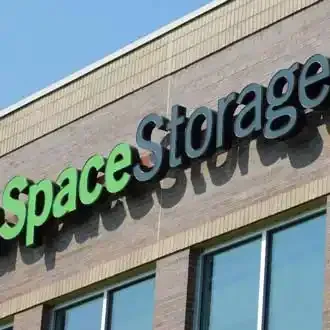
Acrylic vs Aluminum Sign Maintenance
Aluminum:
- Requires minimal cleaning—just occasional wipe-downs
- Coatings resist scratches and oxidation
- Holds shape and color over time
- Lifespan: up to a decade or longer with minimal care
Acrylic:
- Needs more frequent cleaning to maintain clarity and shine
- Can scratch easily without protective layers
- More prone to surface wear
- Lifespan: 3–5 years outdoors under moderate conditions
Outdoor Sign Upkeep:
- Aluminum = low-maintenance, long-term investment
- Acrylic = higher maintenance and shorter lifespan
Visual Appeal & Branding Impact

Custom Outdoor Signage Options
Aluminum Sign Customization:
- Matte, brushed, or glossy finishes
- Can be screen printed, laser etched, or vinyl applied
- Shapes can be custom-cut
Acrylic Sign Customization:
- Highly flexible in terms of transparency and color
- Great for backlighting or 3D lettering
- More elegant, upscale look
Appearance for Different Brands
- Retail & Hospitality: Acrylic’s sleek finish supports modern brand aesthetics.
- Industrial & Logistics: Aluminum fits rugged, functional branding.
- Medical & Corporate: Depends on whether aesthetics (acrylic) or longevity (aluminum) is the priority.
Design Flexibility Summary:
- Use acrylic for vivid color and light effects.
- Use aluminum for crisp lines, bold visibility, and durability.
Cost Comparison: Which Sign Gives Better Value?
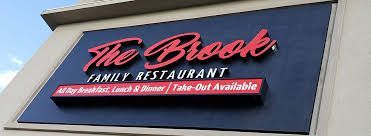
Outdoor Sign Cost Comparison
Initial Costs:
- Acrylic is generally cheaper to produce initially.
- Aluminum signs may cost more due to the metal material and coatings.
Installation Costs:
- Similar for both, but heavier-duty mounting may be required for aluminum.
Long-Term Value:
- Aluminum signs typically outlast acrylic by 2–3 times.
- Less frequent replacement means better return on investment.
Budget-Friendly Signs Summary:
- Short-term project = acrylic may be more affordable.
- Long-term signage = aluminum delivers better value.
Real-World Use Cases

When to Choose Aluminum Signs
Examples:
- Construction Site Signage: Needs to handle debris, wind, and water.
- Warehouse Wayfinding: Must remain legible and intact despite forklifts and dust.
- Government/Street Signs: Requires durability and regulatory compliance.
Why Aluminum Works:
- Resistant to abuse
- Withstands outdoor exposure 24/7
- Visible from a distance
When to Choose Acrylic Signs
Examples:
- Boutique Storefronts: A sleek, modern look for upscale branding.
- Medical Office Signs: Consistent visual theme inside and outside.
- Backlit Indoor/Outdoor Signs: Acrylic is perfect for edge-lit displays.
Why Acrylic Works:
- Stylish and elegant
- Easy to customize with lighting
- Ideal where aesthetics trump durability
Environmental & Sustainability Factors

Green Sign Solutions
Aluminum:
- 100% recyclable
- Many aluminum signs use post-consumer recycled content
- Low environmental impact over long-term use
Acrylic:
- Technically recyclable but not commonly processed in local systems
- Made from petroleum-based plastics
- More frequent replacement increases environmental burden
Sustainable Outdoor Sign Materials Summary:
- Aluminum wins for eco-conscious buyers due to its recyclability and longevity. Businesses exploring durable wood signage options can also find eco-friendly solutions, especially for rustic or branded outdoor environments where natural aesthetics matter.
Making the Best Choice for Your Outdoor Sign Needs
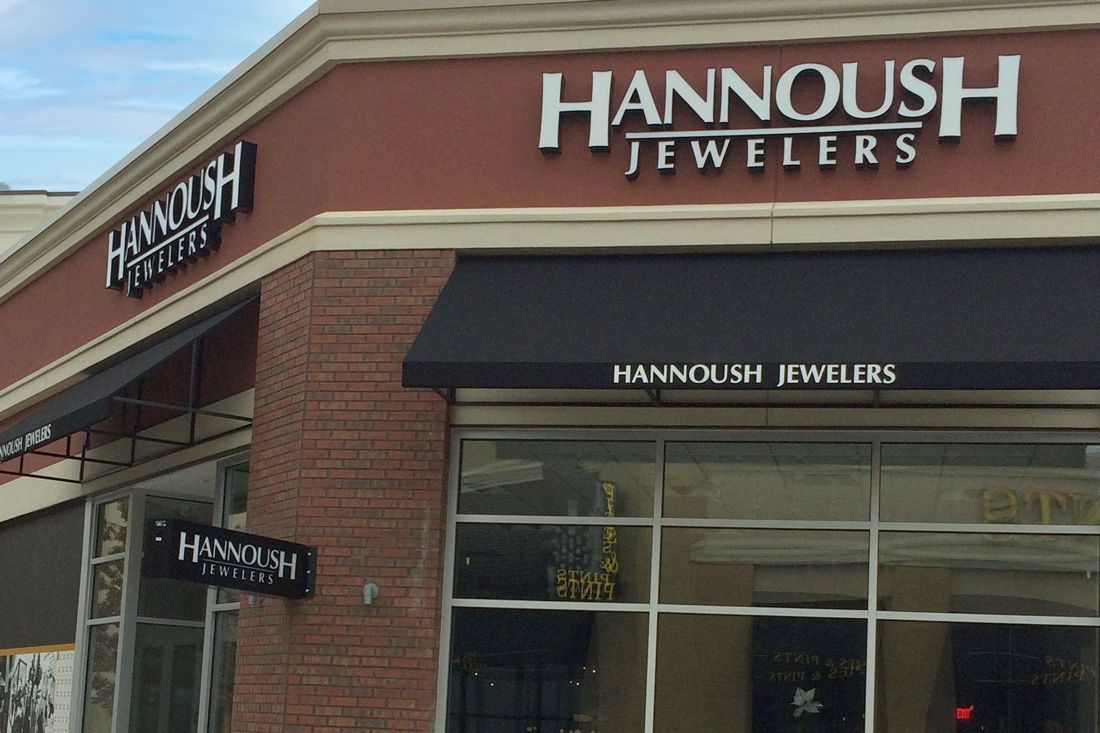
Choosing between aluminum and acrylic signs depends on your priorities:
- Durability in Harsh Weather? Choose aluminum.
- Visual Impact & Light Play? Go with acrylic.
- Low Maintenance? Stick with aluminum.
- Eco-Friendly Investment? Aluminum again.
At
Horizon Signs & Lighting, we help businesses like yours find signage that stands out and stands strong. Consider your location, usage, and branding needs carefully—and if you're still not sure, we’re here to guide you.
FAQ – Aluminum vs Acrylic for Outdoor Use
